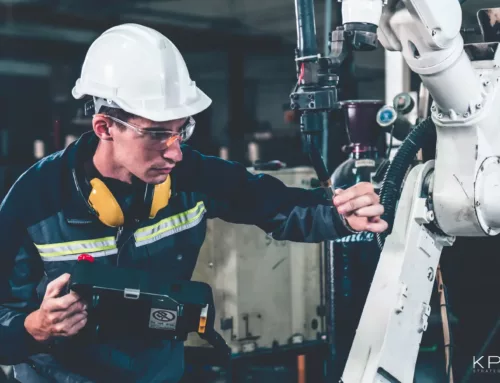Continuous improvement management is a systematic approach to making an organization’s workflow more effective, more efficient, and more capable of adapting to an always-changing environment. To improve your workflow, you need to know the difference between systems and process. Following, is one way to understand how systems and process work together.
When is the last time you took a bus?
In most cities, buses are part of a mass transit system. Almost all metropolitan areas have a mass transit system—typically comprising of buses, subways, and trains. In fact, last year, Americans took 10.4 billion trips on public transportation.
What is a system?
A system is a group or combination of things or parts forming a complex or unitary whole.
Mass transit is a good example of a system. It has a purpose—to efficiently transport you from one location to another location.
And a system also creates value—such as providing a source of economical transportation and reducing pollution by reducing the number of vehicles on the road.
But if you don’t have all the parts, or if some of the parts aren’t working correctly, a system can come to a standstill. Those moving parts are called processes.
What is a process?
Processes are all the related activities or parts inside a system that work together to make it function. For a mass transit system, there’s a process for ticket sales, equipment maintenance process, vehicle and track repair process, a safety process, and so on.
Additionally, processes are a smaller part of the larger system. It’s important that processes are effective at what they do so that the system can run efficiently.
Processes are the sequence of activities intended to produce a particular result. Processes span organizational boundaries, linking together people, information flows, and other resources to create and deliver value to your customers.
Is it a System or is it a Process?
A simple test for determining if you are working with a System or a Process is to ask: Does it have a definite start and a definite end?
A Process will always have a specific starting point and a specific ending point.
To learn more about mapping out processes with SIPOC check out this blog post
A System will usually be a set of connected and unconnected processes that might be interrelated. In a System one process may end and it may lead to the beginning of another one.
Continuously Improve With Our Latest News & Updates
Your company has systems and processes
A system is the methodical way that you provide specific goods or services to your customers. Your system is the “what.” As in, what value do you provide the customer?
Likewise, your processes are the “how.” How do all the activities inside your company work together to provide that value?
Your systems and processes are the essential building blocks of your value offer and form the foundations of your house of lean. Every facet of your business—on the shop floor, in the warehouse, or in the operating room—is part of a system that can be managed and improved by applying correct principles.
What is continuous improvement process management?
An organizational culture can make it easy for you to develop blind spots when it comes to improving processes. Using observation, measurement, and technology, KPI Fire can help align your business processes to your business strategy. This results in improving top-line performance, meeting customer’s expectations, consistent results, employee engagement, and reduced costs and increased profits.
How to Effectively Manage your Processes & Systems?
KPI Fire’s Strategy Execution software helps you more easily and efficiently manage your processes and systems – in a manner that implements Lean methodologies and Continuous Improvement best practices.
Click here to request a demo to discover how KPI Fire can help ignite your processes and systems.
More resources:




